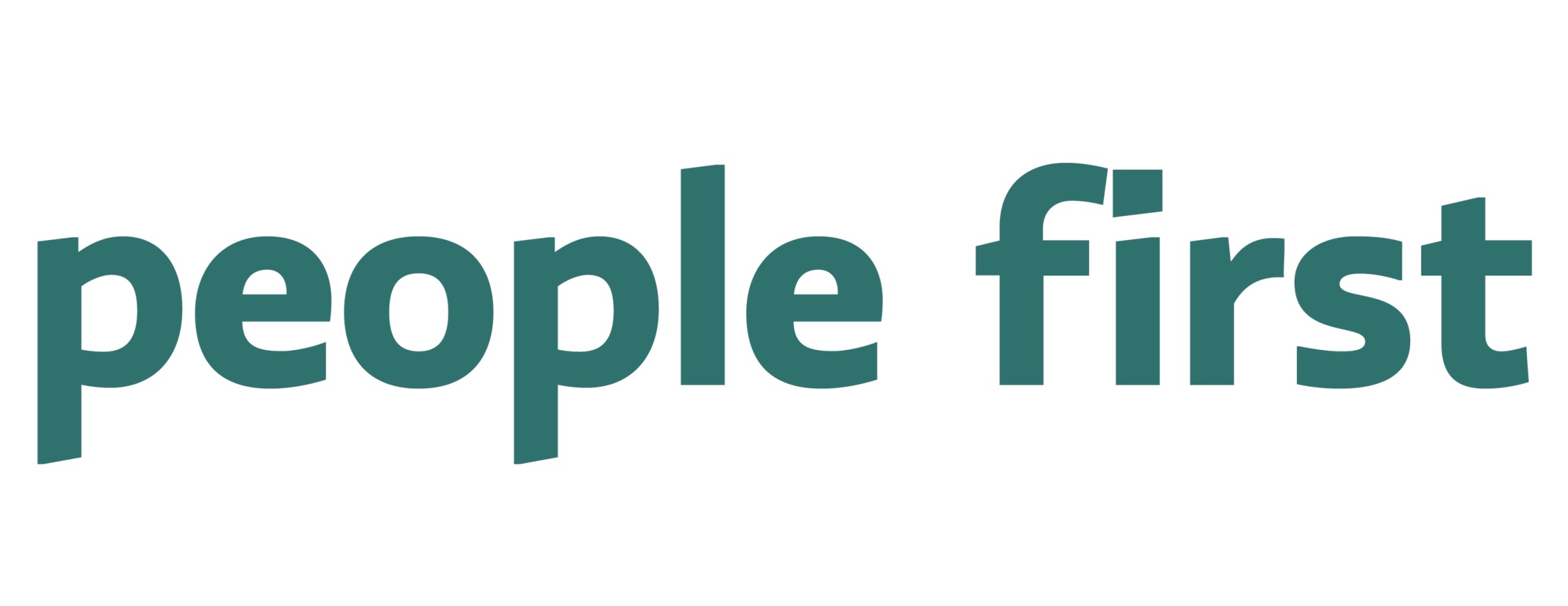How to Think About Workplace Discrimination During the COVID19 Pandemic
EEOC Workplace Discrimination and Harassment Categories
Life as we know it is changing rapidly, thanks to the novel coronavirus. Cities, states and federal governments are taking drastic measures to curtail the spread of the virus and asking citizens to #stayathome as much as possible. In compliance with this and for the safety of their employees, companies are asking staff to work from home, accelerating the already growing trend of remote work.
While this rapid shift to remote work has created many sudden organizational changes, employers should also be aware of the increased risks of workplace discrimination and harassment during this time. This may include disparaging comments about a person’s ethnic origin, cyberbullying, or disclosure of private information. It’s already been broadly reported that there has been increased racial discrimination targeting people of Chinese origin.
We know it’s a challenging and overwhelming time for HR leaders, so our team at People First offers three tips to help you keep your workplace safe and inclusive for all:
Review, update and reshare your policies
Now more than ever, employers need to reemphasize and reinforce a zero-tolerance approach to workplace discrimination and harassment. Ensure that your policies are up to date and include guidelines for remote working. In addition, broadly publicize your policies and train all staff, particularly managers, about their responsibility to identify and prevent discriminatory behavior. In this challenging time of workplace disruption, it’s important to ensure that your entire staff is aware of your code of conduct and disciplinary actions to be taken for those who violate your policies.
Discuss cyberbullying and harassment with your employees
It’s no secret that collaboration tools enable instant conversation and communication vital to the productivity of teams. With remote working, these tools are now becoming the fastest and most used way for colleagues to quickly engage. But there is a dark side to this. There is a growing number of legal cases involving bullying and harassment via messaging tools. Additionally, there is mounting evidence from HR professionals and consultants that such technology is featured in grievances and disputes. Cyberbullying and harassment can happen on any internal online platforms and have severe consequences as we saw last year at Away, where the CEO was asked to resign for disparaging comments on Slack.
If you do not already have one, create separate and specific guidelines for workplace communication via online tools. Your guidelines should reinforce your zero tolerance toward discrimination and harassment and include specific rules for sharing content, discussing non-work related matters and use of language. Based on the EEOC categories (see image) that constitute workplace discrimination and harassment - 5 of the 6 can happen online and while employees are remote working.
Create a safe communication channel for discussing workplace misconduct
In these challenging times, email and phone meetings are now the main channels of communication between HR and employees - making HR’s already bursting inbox and calendars now unmanageable. Important communications about workplace misconduct can get “lost” or inadvertently overlooked, creating greater employee tension during an already difficult time. It is now more critical than ever for organizations to have:
A separate and transparent reporting process for workplace misconduct
A clearly internal workflow for how incidents will be managed and by whom
A recommitment to resolve workplace misconduct satisfactorily for all involved
At People First, we understand how challenging and stressful this health crisis is both personally and professionally. We’re here to help. Please reach out to us.
Stay safe and healthy.

